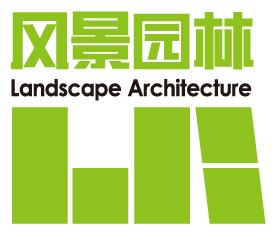Abstract:
This paper first reviews the teaching reform process, construction objectives and teaching characteristics of the basic design course of landscape architecture in Xi'an University of Architecture and Technology, puts forward existing problems in current teaching, and the basic conception of VR involvement in the teaching reform. Specifically, in the basic design course of the two semesters of the freshman year, the VR technology is to be integrated with the whole process of “principle cognition—space design—expression and presentation”. Along with the two semesters’ courses of “city and garden” and “landscape and nature”, which take four seasons as the time clue, it is to establish the corresponding VR resources modules of “perception and cognition” and “space and design”, and specific approaches are proposed for the corresponding teaching links. Secondly, in view of the basic course of design, we propose to highlight the auxiliary functions of VR technology in visualized, immersive teaching, and transform the abstract principles, invisible processes, multi-scale, timeliness and dynamics into teaching forms that can promote students’ self-led learning through VR. On this basis, it is to give full play to the advantages of VR in 3D space shaping and immersive experience and, through the progressive training of “space exploration—space analysis—space design”, assist space design teaching. Finally, we summarize the three supporting platforms and development path of introducing the VR technology to the design series courses in the university and put forward the direction of extending VR/AR technology in teaching in the future.

 下载:
下载:
